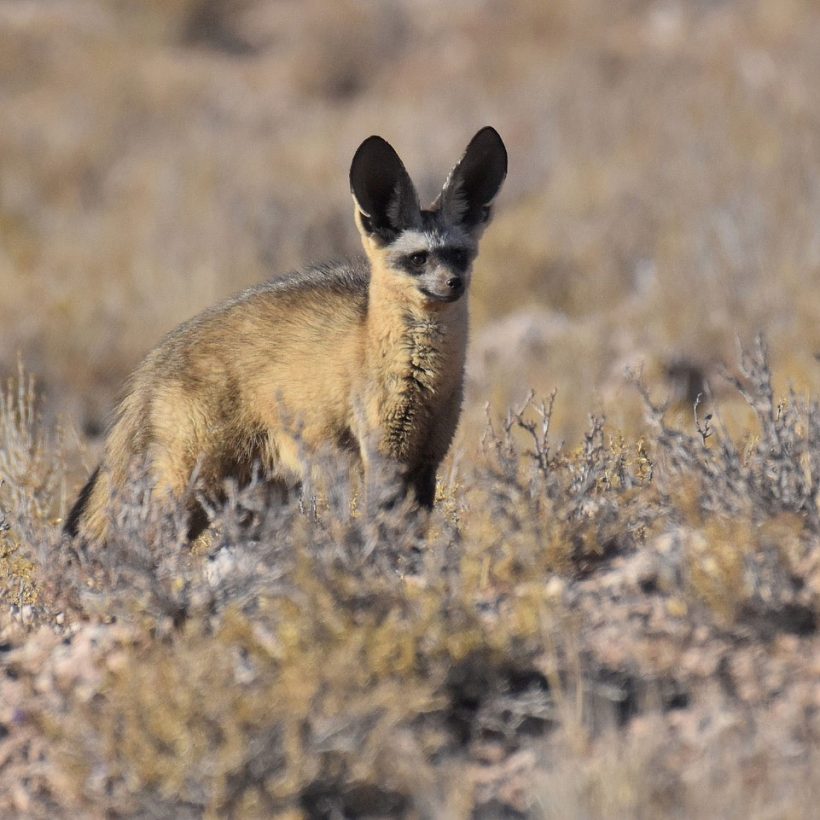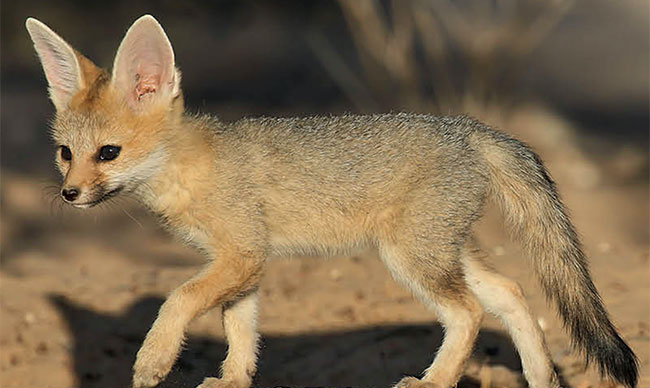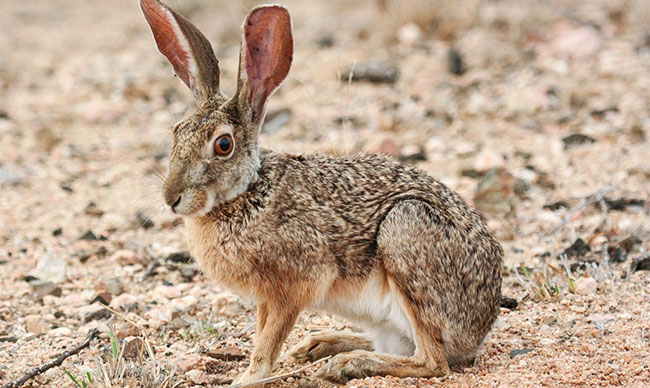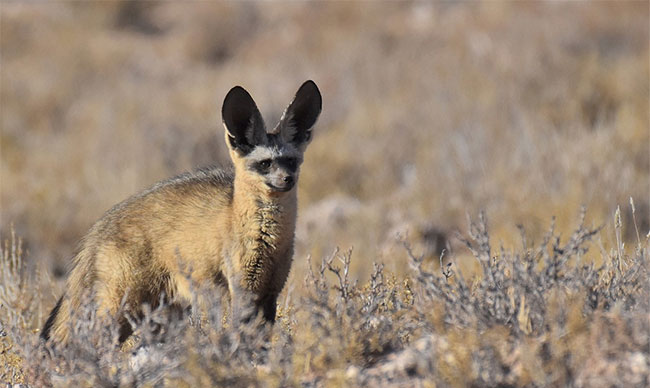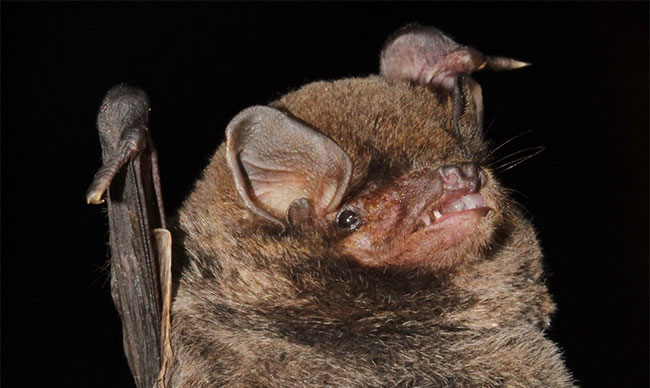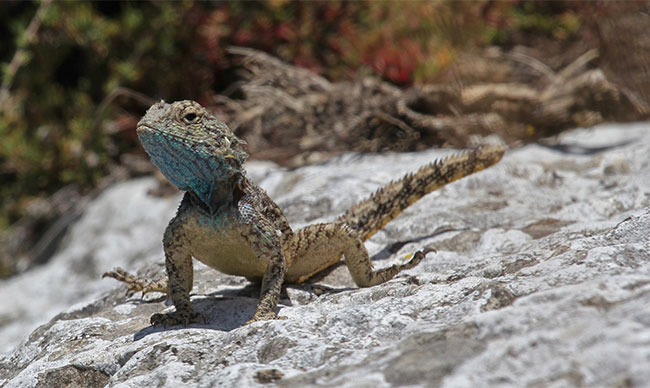We’re encouraged to smile every day. But especially so on World Smile Day (2 October).
For some Renosterveld animals, though, ‘smiling’ comes naturally. And their happy countenance is likely to bring a smile to your face – simply because they’re so cute (or in some instances, just a little bit ugly).
Here are our 5 favourite smiling animals that live in our Overberg Renosterveld landscapes, as featured in the Field Guide to Renosterveld of the Overberg.
Above: Cape Fox (Vulpes chama) 📸 Cliff & Suretha Dorse
Cape Fox
This little smiling mammal is the only true fox in South Africa. It’s small, swift and agile, and uses its bushy tail to deceive pursuers. They make their own dens for shelter under the ground, or also hide in thickets or dense bushes, and sometimes hollow termite mounds. They’re harmless to livestock, and feed mostly on small rodents.
Above: Scrub Hare (Lepus saxatilis) 📸 Cliff & Suretha Dorse
Scrub Hare
You’ll generally see this smiling hare in the evening or at night. During the day, they sneak away to hide under grass or bushes, or create a little indent in the ground to lie flat, where they are well camouflaged. They’re also quite picky eaters, preferring green grass to other vegetation types.
Above: Bat-eared Fox (Otocyon megalotis) 📸 Brian Taylor
Bat-eared Fox
The Bat-eared Fox’s smile is very noticeable; surpassed perhaps only by their extremely prominent ears. The ears are full of blood, and help to keep the animal cool, especially during our warm Overberg summers. They are real family mammals: they live in groups in their burrows, and are wonderfully brave parents to their young.
Above: Cape Serotine Bat (Neoromicia capensis) 📸 Field Guide to Renosterveld of the Overberg
Cape Serotine Bat
This smile may be upside down. But it can’t be left out in terms of the cuteness factor. The Cape Serotine Bat is very small – only about 8-9cms. The bat finds a favourite route, and then usually sticks to the same route when it emerges in the evening to hunt for insects. While the upside-down smile may make it look a little grouchy, it’s harmless to people.
Above: Southern Rock Agama (Agama atra) 📸 Field Guide to Renosterveld of the Overberg
Southern Rock Agama
This is the only smile on our Renosterveld list that can actually change colour. The Southern Rock Agama male usually has a bright blue head (he uses the colour to communicate with other individuals). But these large lizards can change colour to merge into the surroundings when they have to.
These and 135 other smiling (and non-smiling) animals are featured in our new book, the Field Guide to Renosterveld of the Overberg. The guide aims to bring the overlooked Renosterveld ecosystems of the Overberg to life. It includes nearly 1000 Renosterveld species, and those animals that survive and live in the habitat.

